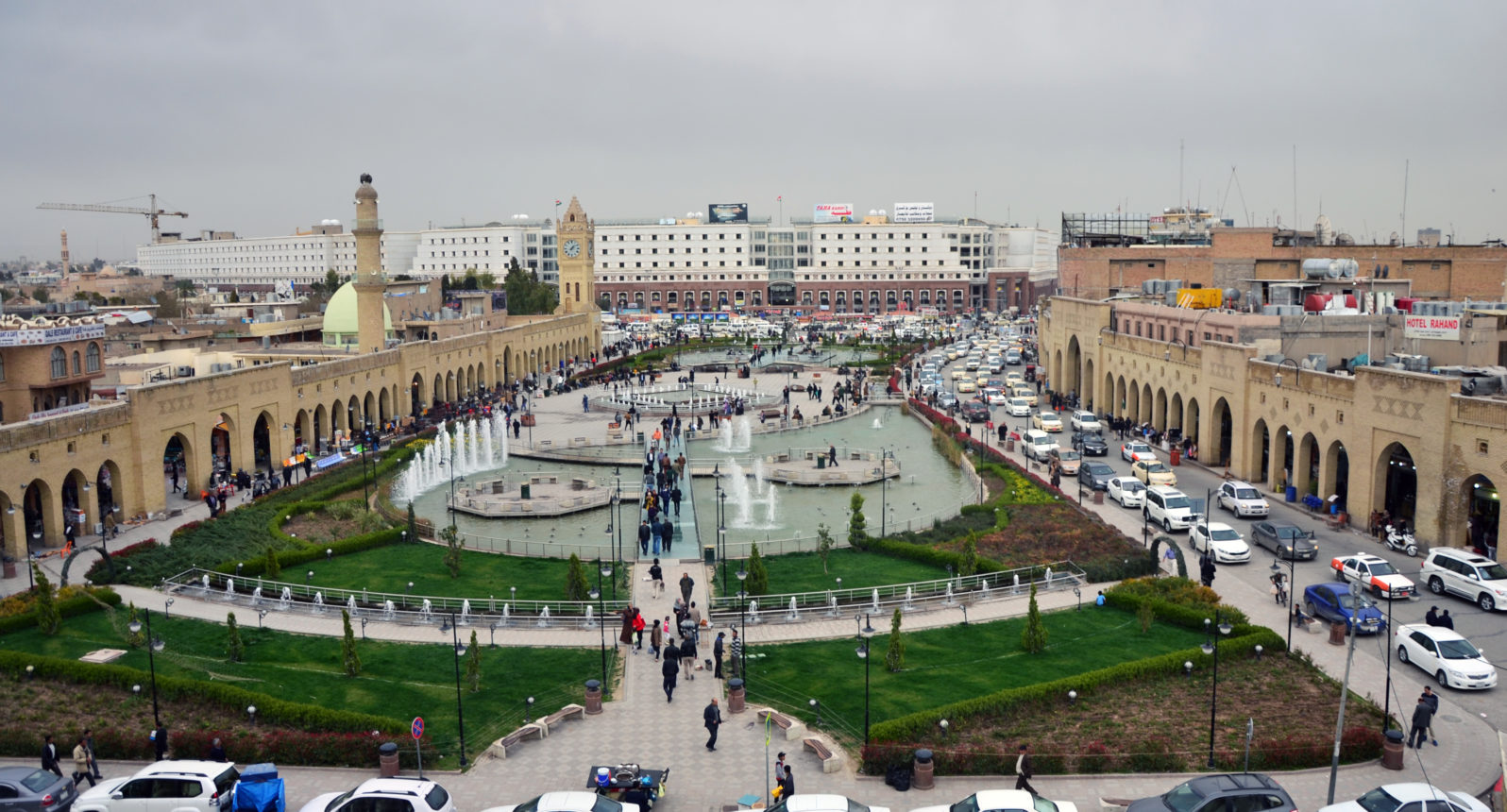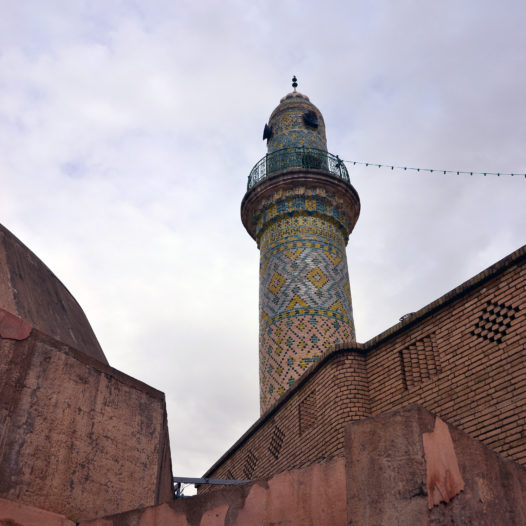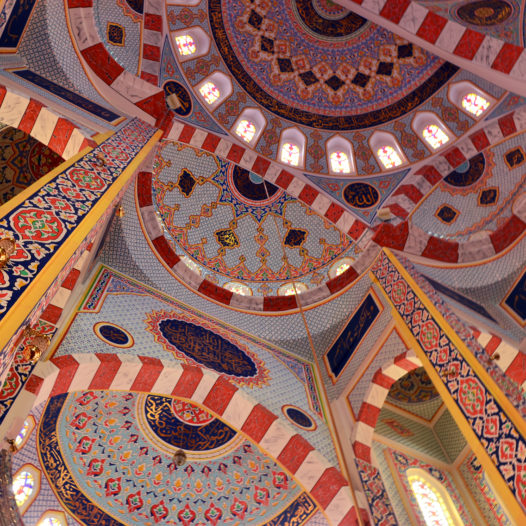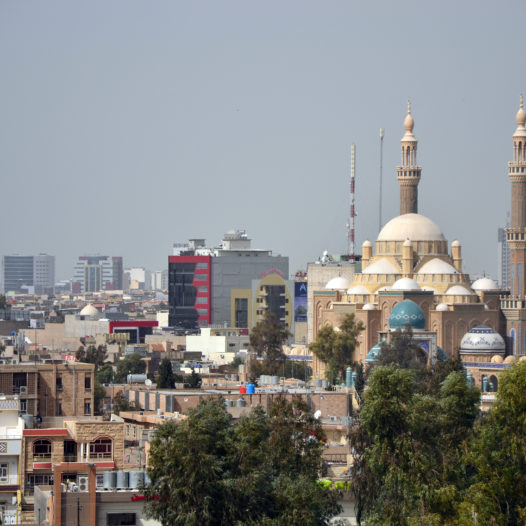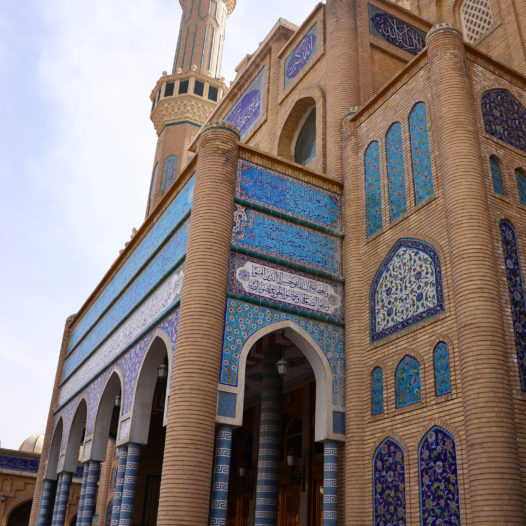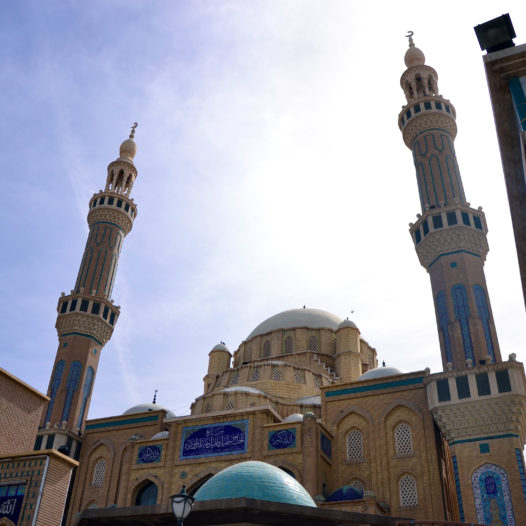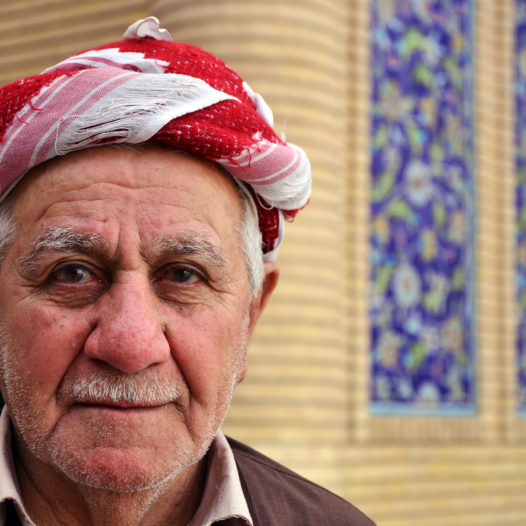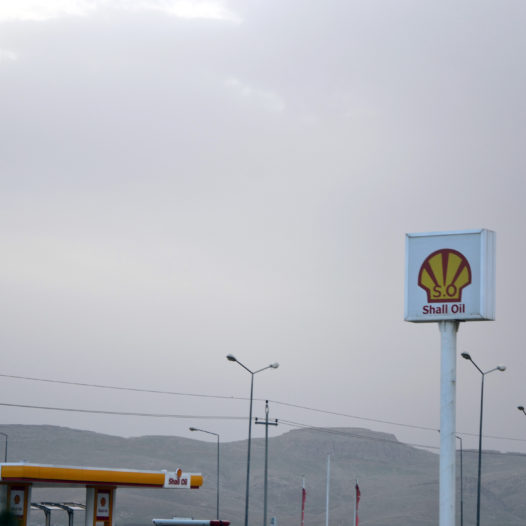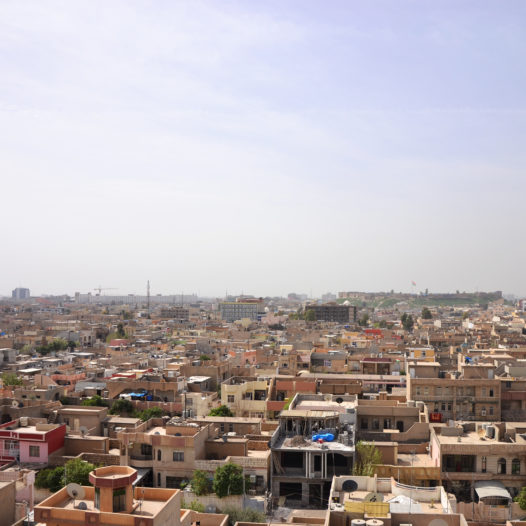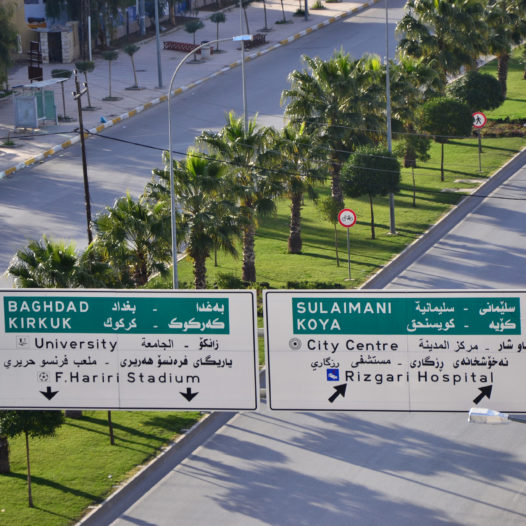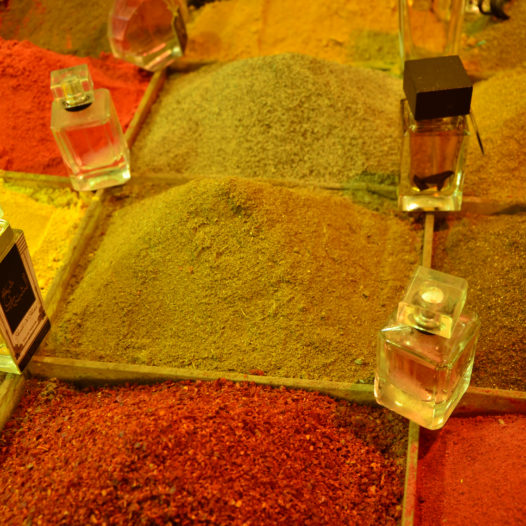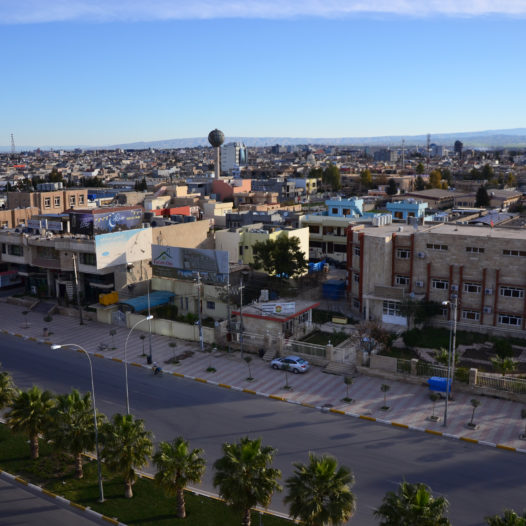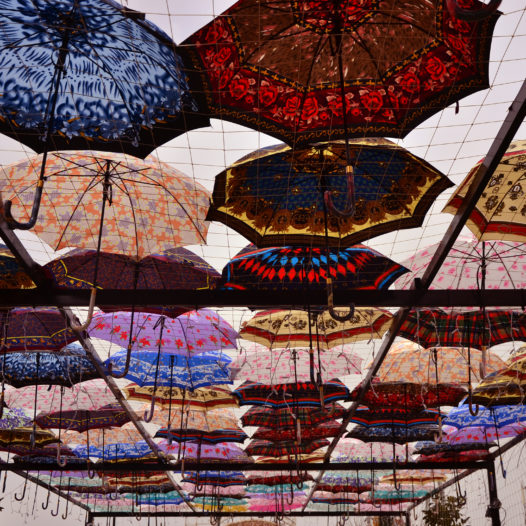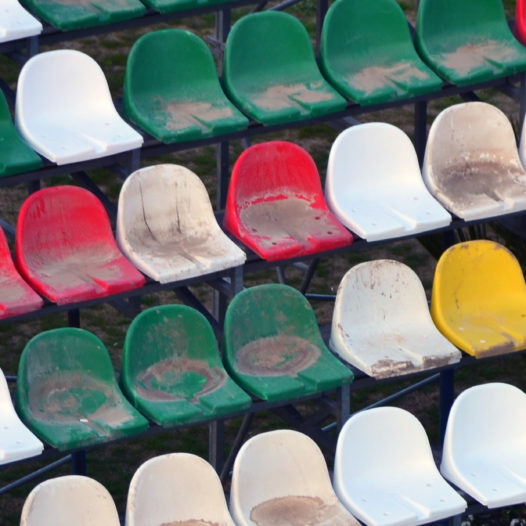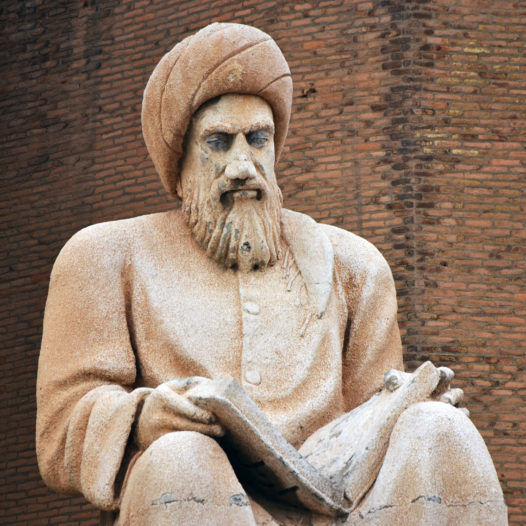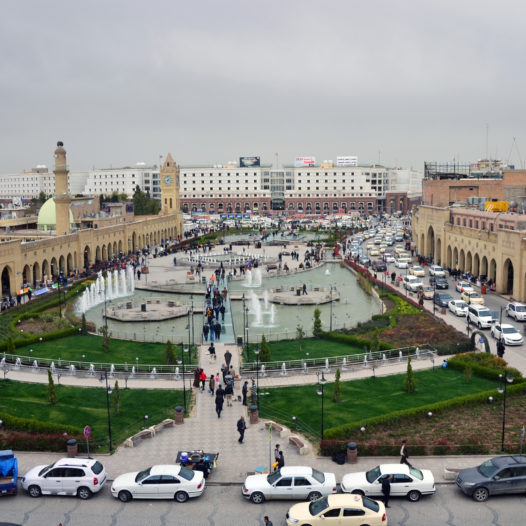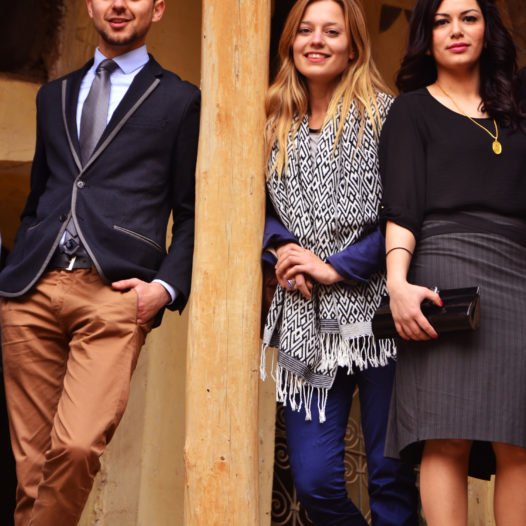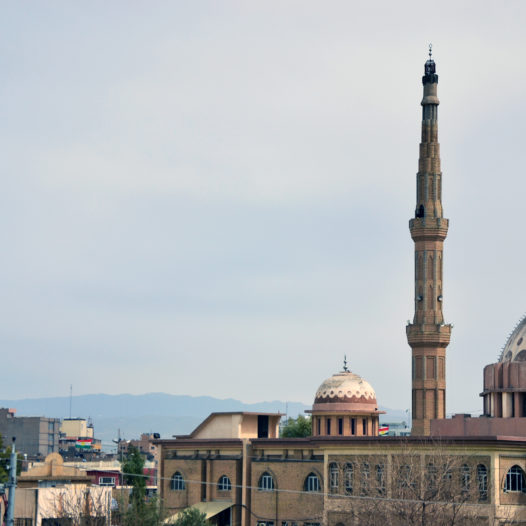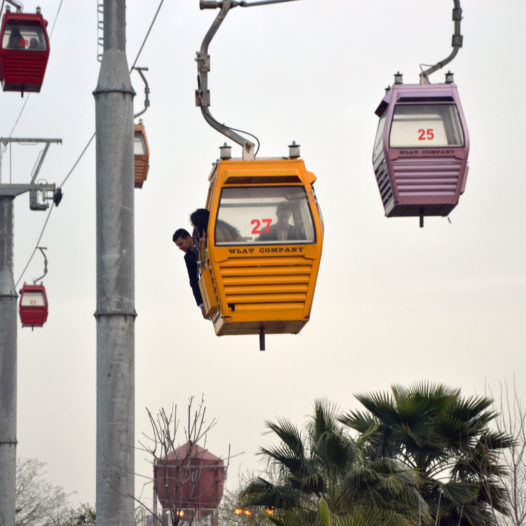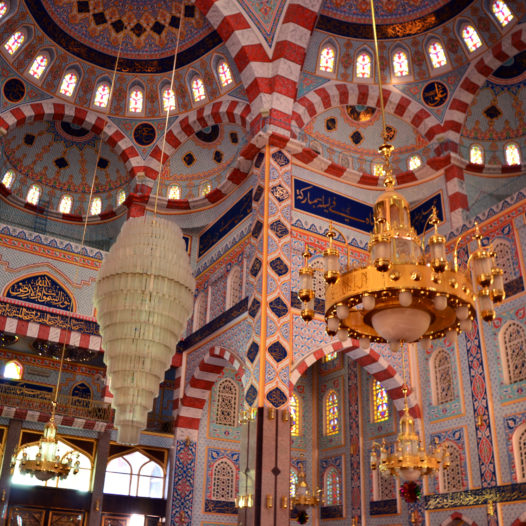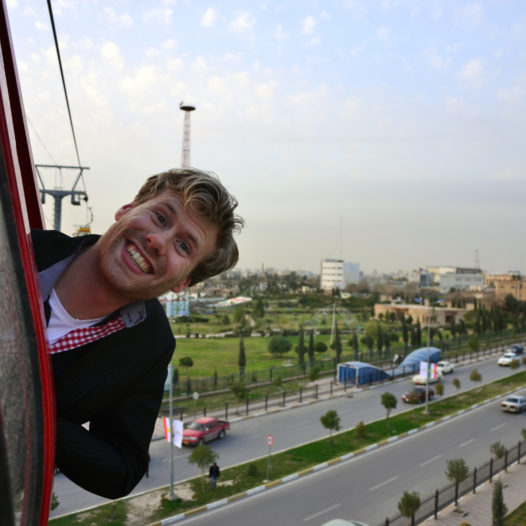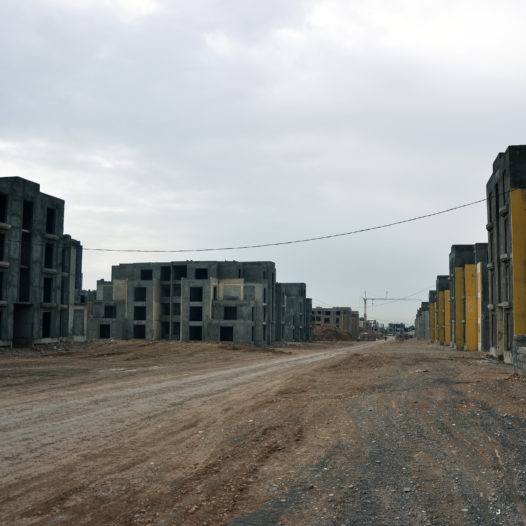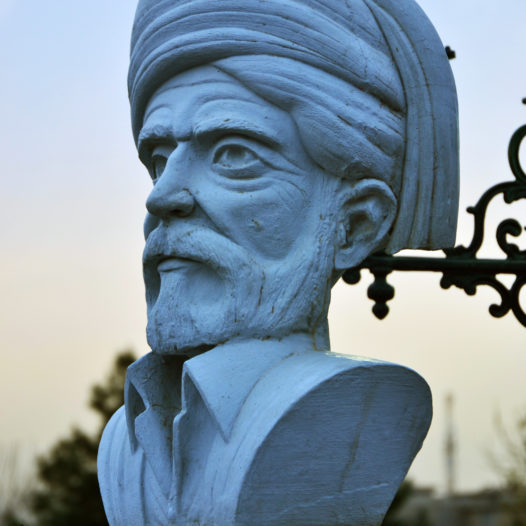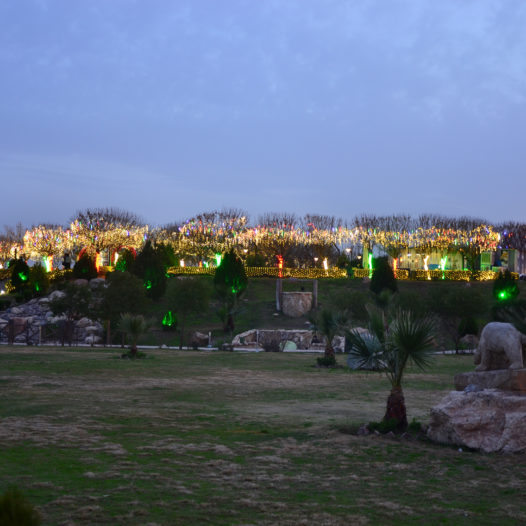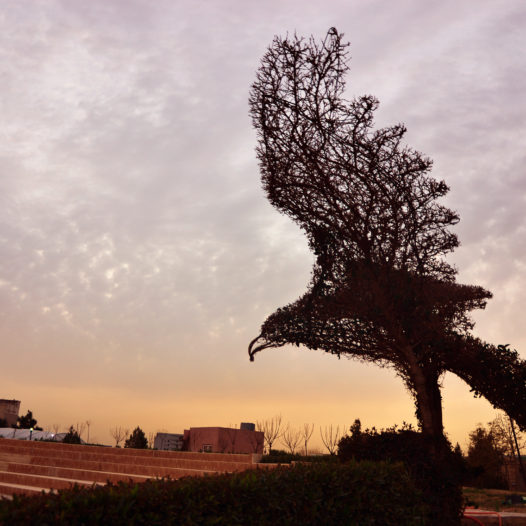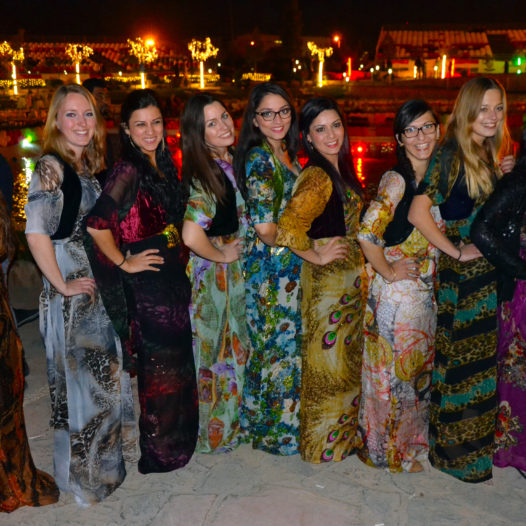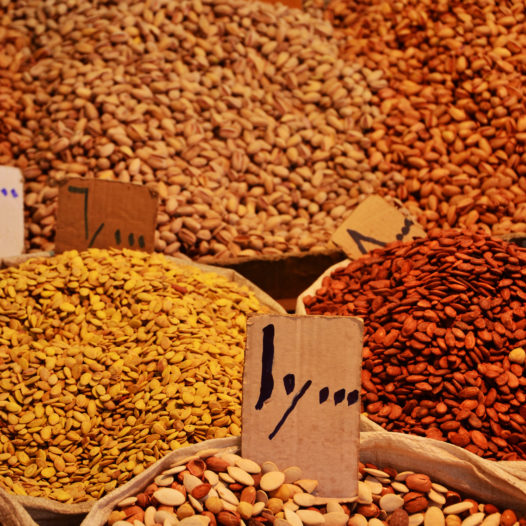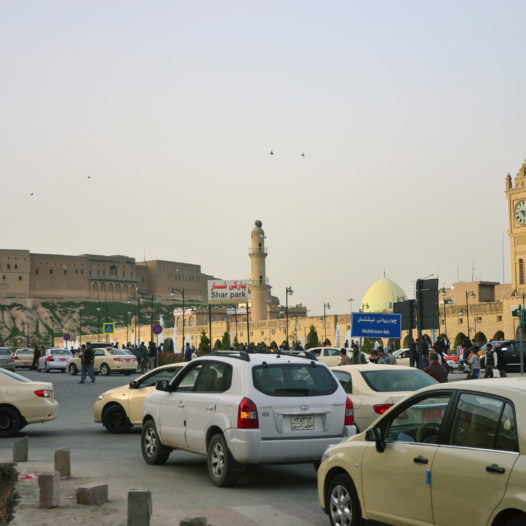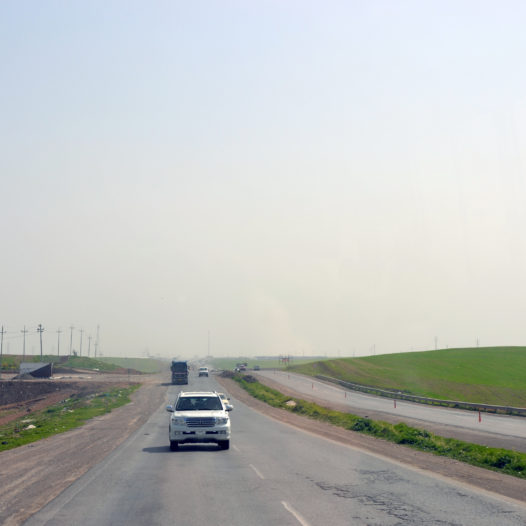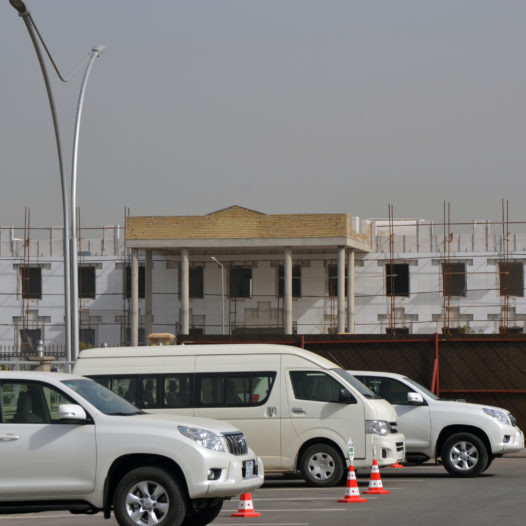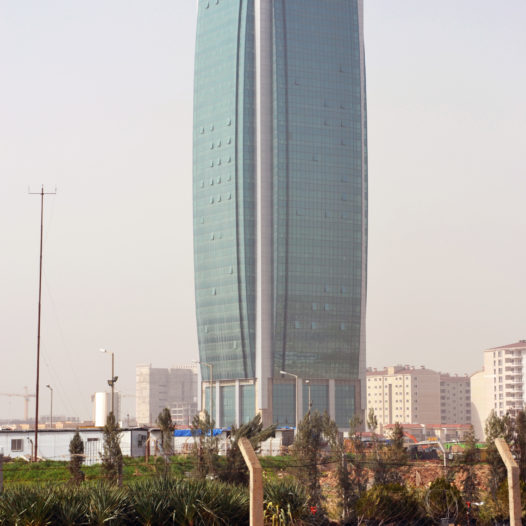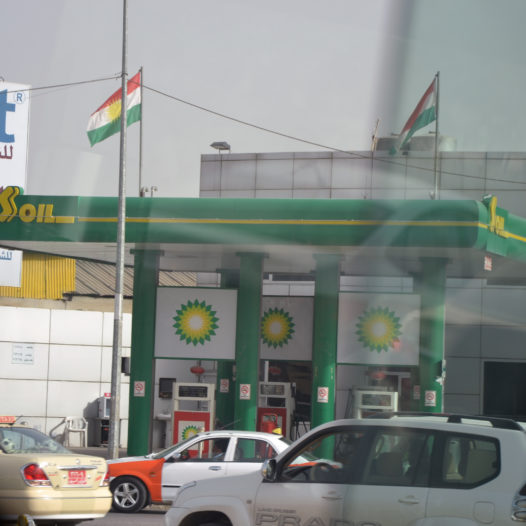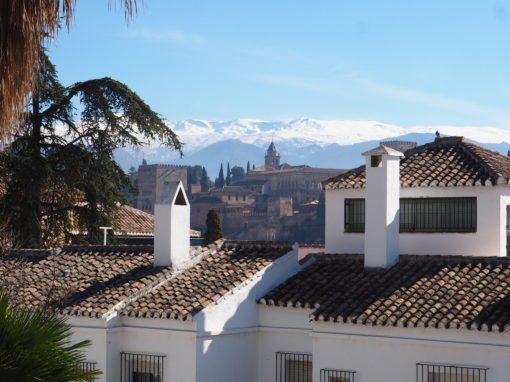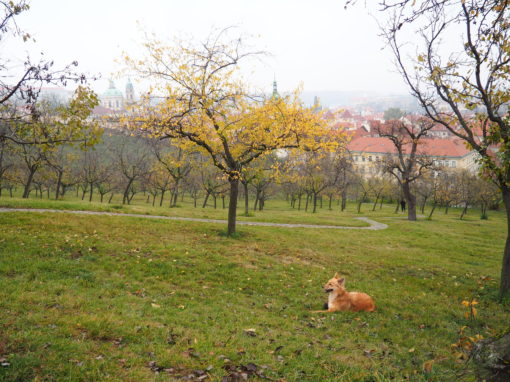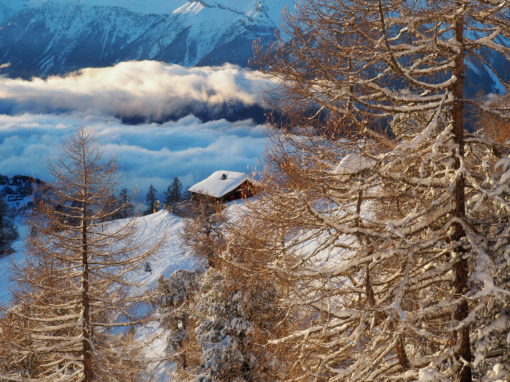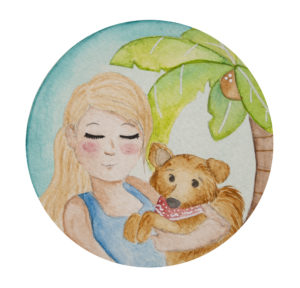First thing I noticed while driving from the airport to the center of Erbil in Iraqi-Kurdistan was the huge amount of enormous, white SUVs everywhere. It felt like entering Saudi Arabia.
At the time of our visit – this week five years ago – Erbil with its three million inhabitants was on the the way of becoming the most prosperous city in Iraq, largely due to oil exports and Turkish investments. Truly everywhere luxury hotels, malls and tourist resorts were popping up and the number of cranes was exceeding the amount of minarets for sure. As a visitor it was amazing to see how the newborn ‘state’ was emerging. If Kurdistan would become independent, it would rank among the top ten countries with the biggest oil reserves in the world.
Even the people with Kurdish roots that I went along with on this trip were having trouble finding familiar landmarks.
The situation currently is a biy different unfortunately but in those days Kurdistan dubbed itself ‘The new Dubai’, due to the building boom. Even the people with Kurdish roots that I went along with on this trip were having trouble finding familiar landmarks.
One thing that hasn’t changed is the skyline in the center of Hawler – as the locals call their capital -, dominated by the Citadel. Erbil is one of the oldest cities on earth and this area is the start from where it all began. According to the books, with its 7000 years this fort is the longest inhabited settlement in the world. Sort of like the cradle of civilisation. In 2014, UNESCO welcomed the citadel among the list of World Heritage Sites.
The Citadel is a fortified ovoid-shaped ancient mound, elevated somewhere between 25 to 32 meter from the ground. As seen from above, the mound of earth therefore sprouts from the otherwise flat surrounding terrain. With a big ring of green in spring around the Citadel, the area looks very peculiar. From the southern entrance therefore you have a sweeping overview of the Qaysari bazaar, where you can really feel the atmosphere of old Kurdistan.
The elevation is due to millennia of settlements built one on top of the other. Unfortunately due to all of those renewals, a number of historic houses and public buildings have been demolished in the process.
Time for construction!
In 2007 a committee was set up to supervise the restoration of the citadel. All residents within the area, with the exception of one family to guarantee the continuity of habitation, had to move, in preparation of the restoration. Since then, archaeological research and restoration work has been carried out on and around the citadel hill by various international research teams and in collaboration with local specialists. It is expected that, after completion of the work, some 50 families will be able to live again on the hill.
Sit down near the cool fountains sip your tea or coffee or eat a colourful Kurdish ice cream among the couples.
When it was completely inhabited, the Citadel consisted of three districts or mahallas: the Serai, the Takya and the Topkhana. The Serai was inhabited by notable families, the Takya was named after the houses of dervishes and the Topkhana was the district of craftsmen and farmers. We were surprised to see that some of the houses were still in good shape and richly decorated. The Citadel is also well appreciated by night. Sit down near the cool fountains sip your tea or coffee or eat a colourful Kurdish ice cream among the couples.
It’s an amazing idea to walk around an area that has survived so many generations and so much turmoil. If you haven’t visited the Citadel, you haven’t seen Erbil and all in all it’s a serene place in the midst of a chaotic and buzzing city. I can imagine it’s not necessarily a priority for the Kurds, but if the restorations go well in the future there will be plenty more to see and do on top of that.
Therefore, salaam aleikum Hawler, may you prosper like you did at the time of our visit!
Would you like to see more photos of Iraqi Kurdistan? Click here for the wildest landscapes in the area. Pictures in this artikel made by Sammy Six. Follow Sammy on Flickr or on Instagram for more of his awesome photos!
